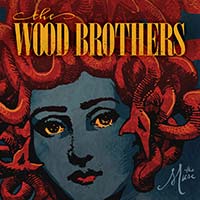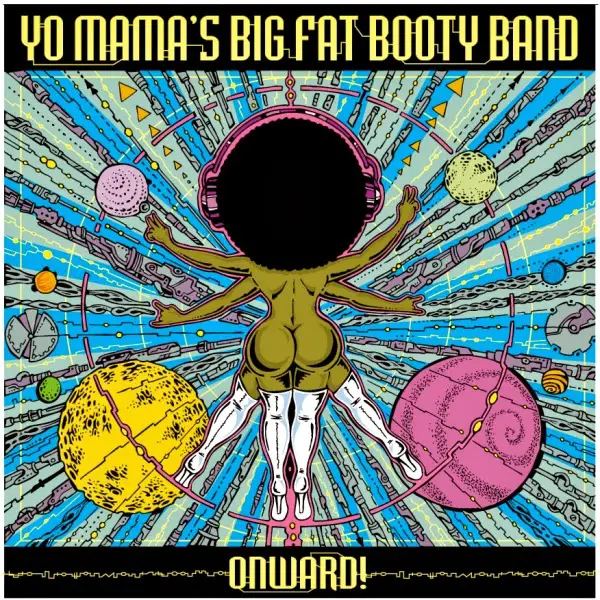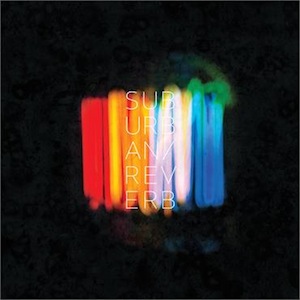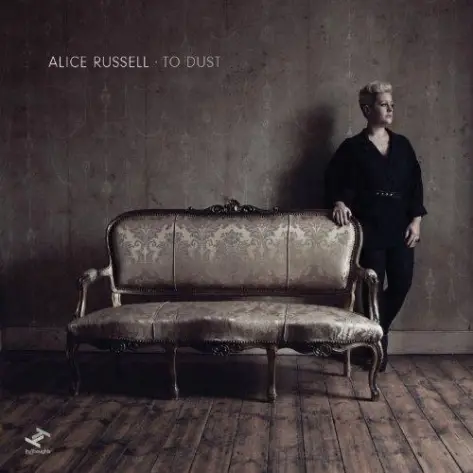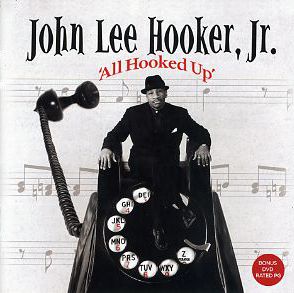The Onion’s AV Club has a long-running series named “Undercover,” where a visiting artist covers a song from a list of 25 staff-selected favorites. These songs range wildly from Kanye West to Tom Waits, so bands often have to stretch far out of their comfort zone to make the cover work. Last year the Wood Brothers paid a visit and decided to cover Michael Jackson’s smash hit “P.Y.T.” This song is difficult to cover for even the biggest of pop groups, so of course a folk trio would make one of the best songs in Undercover history.
It’s easy to assume that such a genre disparity between rootsy folk and Quincy Jones would make the cover sound like a novelty. There have been countless gimmicky albums of bluegrass covers of Led Zeppelin and a hip-hop covers of Elton John. They’re all tongue-in-cheek, and they’re often only worth one listen before the CD goes in the trash. In contrast, the Wood Brothers’ cover is something worth replaying endlessly.
Replacing the glittery studio production with acoustic guitar, upright bass, and a guitar rigged up as a percussion instrument, the group largely relies on their voices to carry the song to the end, and it’s a smashing success. The arrangement, which mixed in denser harmonies and a little audience participation, showed a band square in their comfort zone, rather than in foreign waters. The cover was unique, fun, and most importantly, completely irreverent.
 The Wood Brothers are back in 2013, releasing their first true album since 2011’s Smoke Ring Halo. The two Wood Brothers, Oliver and Chris, play on guitar and upright bass respectively. Jano Rix rounds out the trio, playing a bevy of instruments including melodica and his aforementioned percussive guitar, dubbed the “shit-tar,” due to its lo-fi nature. Decorated with tin cans and jingle bells -- stuff that you’d find in a recycling bin -- it aptly represents the band’s DIY nature.
The Wood Brothers are back in 2013, releasing their first true album since 2011’s Smoke Ring Halo. The two Wood Brothers, Oliver and Chris, play on guitar and upright bass respectively. Jano Rix rounds out the trio, playing a bevy of instruments including melodica and his aforementioned percussive guitar, dubbed the “shit-tar,” due to its lo-fi nature. Decorated with tin cans and jingle bells -- stuff that you’d find in a recycling bin -- it aptly represents the band’s DIY nature.
The new album, titled The Muse, is the first where all three members worked in the studio together. Jano Rix was the newest addition, replacing the session musicians they’d previously utilized. In doing so, they’ve made a more cohesive record, another showing of what the group does best: folk music with a few twists and turns.
Each band member contributes vocals, though Oliver Wood does the heavy lifting as the main vocalist, while the other members provide powerful backing vocals to push songs closer to their climaxes. These harmonies add significant weight songs such as “Sing About It,” a pseudo-soul piece about getting over your worries. Oliver Wood’s twang is backed by Chris and Jano, each one pushing their voices high into their falsettos, sounding surprisingly not unlike a group of cooing women.
One of the unsung heroes of the album is the extensive use of the melodica. It’s an odd instrument; it splits the difference between the accordion and the harmonica, and doesn’t get particularly loud. Other bands often employ the melodica as something for a vocalist to play when they’re tired of singing, but on The Muse, it plays a bigger role, adding depth to what would have been a guitar/bass/percussion album. The melodica fills all sorts of niches, mimicking vocals, harmonizing with guitars, or even just laying down the basic chord progression while the Woods noodle away on their respective instruments. And, given its prominent role, the melodica notably carries some emotional weight of its own. With the stripped down nature of the album, every instrument has to contribute significantly, and Jano Rix’s melodica steps up to the challenge and gets loud.
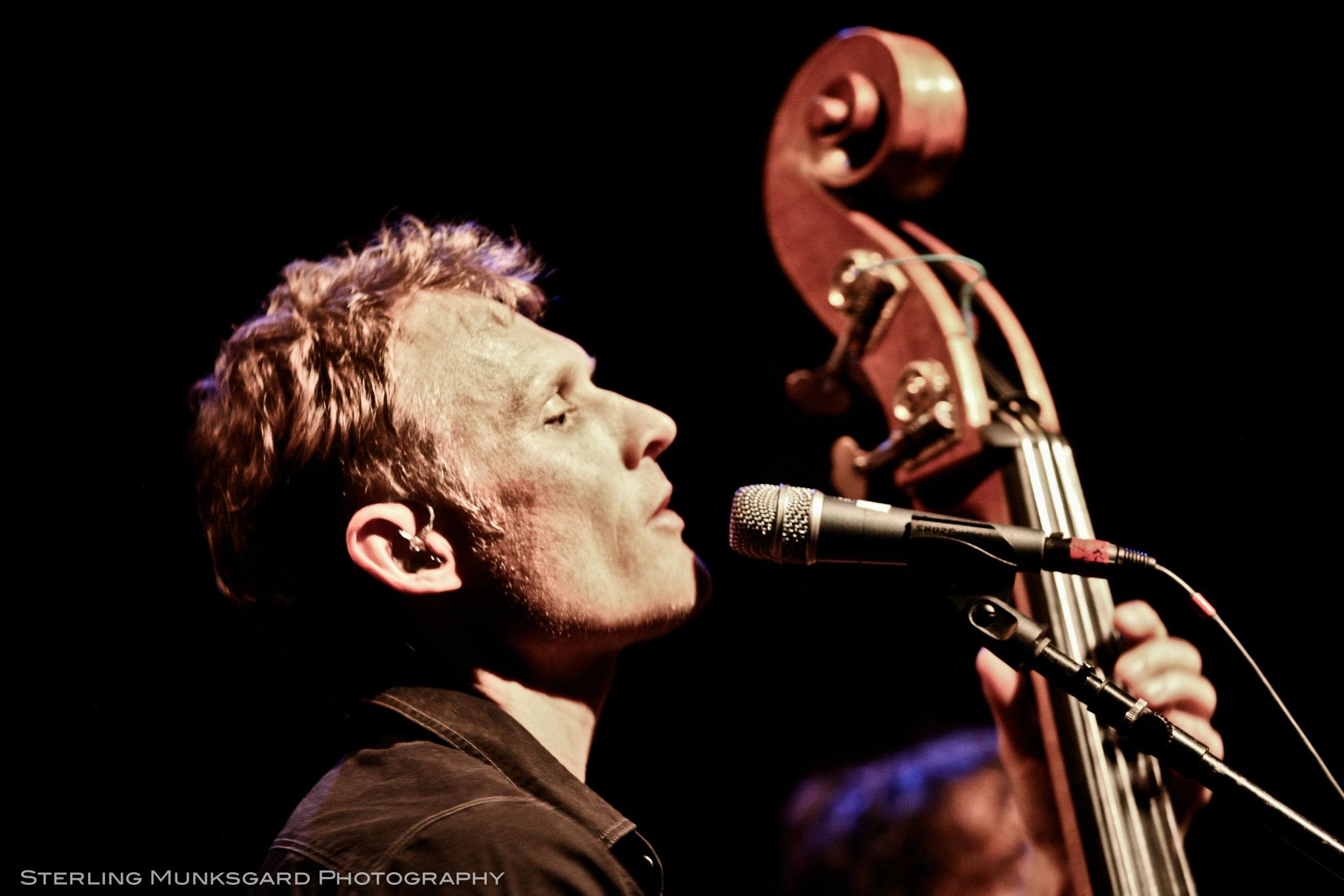 Not to be outdone, Chris Wood’s energetic bass playing adds a necessary intensity to the album. Chris Wood, also a member of jazz trio Medeski, Martin, and Wood, brings his jazz sensibilities to this record, deftly plucking the bass, establishing the foundation for the track. When he’s not plucking, he can saw away, bumping up the low end to add some emotional oomph. His bass can play the main riff of the song as well, letting Oliver’s guitar strum some chords for added texture.
Not to be outdone, Chris Wood’s energetic bass playing adds a necessary intensity to the album. Chris Wood, also a member of jazz trio Medeski, Martin, and Wood, brings his jazz sensibilities to this record, deftly plucking the bass, establishing the foundation for the track. When he’s not plucking, he can saw away, bumping up the low end to add some emotional oomph. His bass can play the main riff of the song as well, letting Oliver’s guitar strum some chords for added texture.
But of course, the focus is always the vocals. And the Wood Brothers, in case it wasn’t clear, are very good at singing. Their vocal arrangements are always so close, sometimes with harmonies separated by only few notes. The best example of this is the gorgeous piece “Sweet Maria.” While the song includes accompaniment from guitar, bass, mandolin, piano, and melodica, all those instruments pass by like extras in a movie. The vocals are never not the focus.
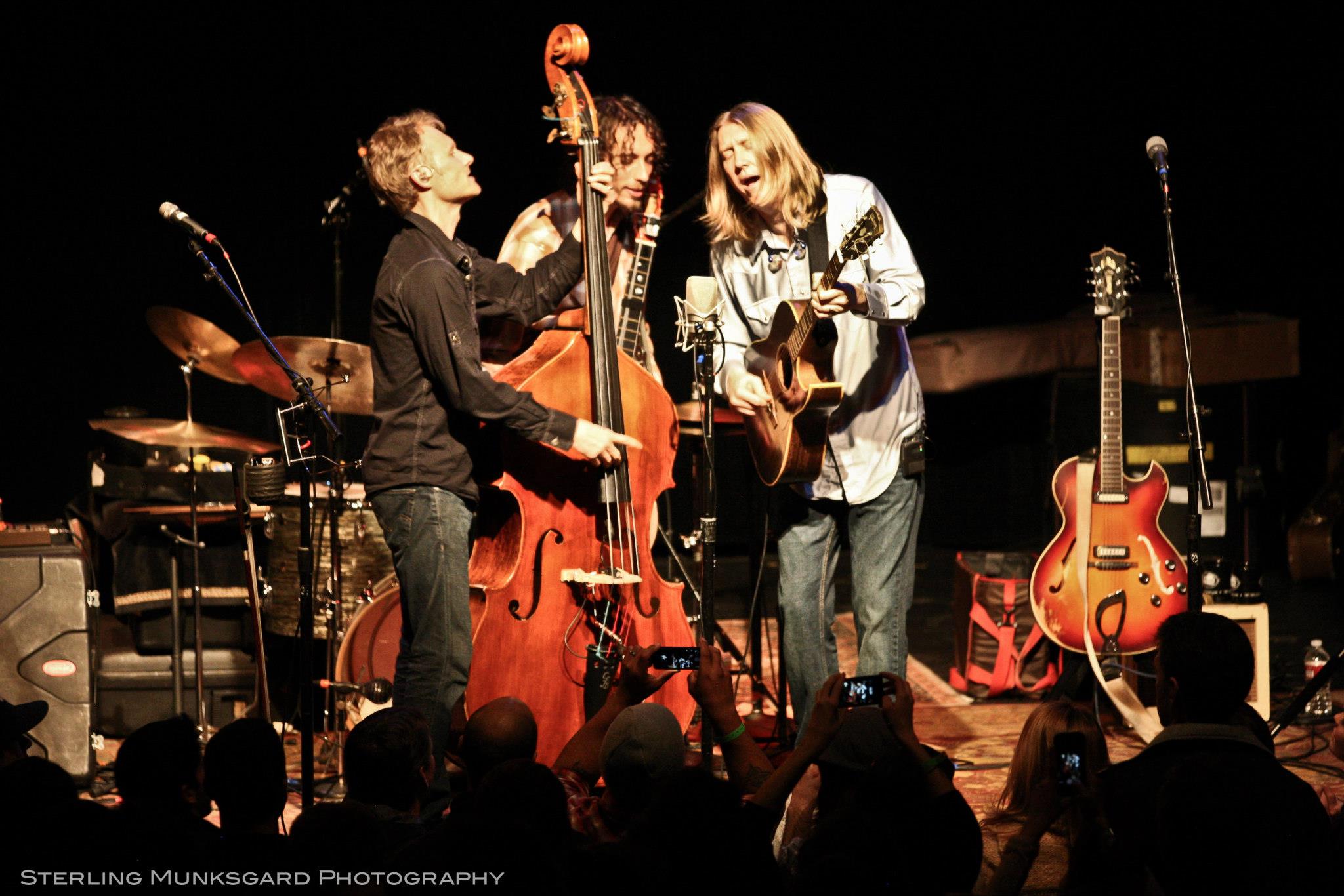 The Muse also features a multitude of genre experiments, or at least as many different genre experiments a folk trio can accomplish with just three or four instruments. Sadly, these tracks actually detract from the otherwise quality songs. “Honey Jar,” marketed as a track to lure in fans of mainstream blues rock, sounds too much like the Black Keys. It’s not like the Wood Brothers are copying the Black Keys per se. It’s more that both of those groups have their hands in the same honey pot. Additionally, unlike their video of the group playing “Honey Jar” in one take in the studio, the album version is rather overproduced. Oliver’s guitar has been given a heady fuzz effect, and live drums from an actual drum set come in, which adds too much to an album that’s more a restrained, minimalistic affair. The same problems plague “Who the Devil,” where its fun, frenetic pace feeling out of place.
The Muse also features a multitude of genre experiments, or at least as many different genre experiments a folk trio can accomplish with just three or four instruments. Sadly, these tracks actually detract from the otherwise quality songs. “Honey Jar,” marketed as a track to lure in fans of mainstream blues rock, sounds too much like the Black Keys. It’s not like the Wood Brothers are copying the Black Keys per se. It’s more that both of those groups have their hands in the same honey pot. Additionally, unlike their video of the group playing “Honey Jar” in one take in the studio, the album version is rather overproduced. Oliver’s guitar has been given a heady fuzz effect, and live drums from an actual drum set come in, which adds too much to an album that’s more a restrained, minimalistic affair. The same problems plague “Who the Devil,” where its fun, frenetic pace feeling out of place.
The band by nature is very raw, very rootsy. The Wood Brothers recorded each song in the studio together in one room, just three guys surrounding one mic and playing songs all the way through. That’s what represents them more than anything else. They’re a live band in the way that they can set up shop anywhere and put on a good show. That’s why their cover of “P.Y.T.” was so satisfying. The spontaneity is what makes the music stand out, not the production. And while I can understand the group wanting to try new things, it’s best for the Wood Brothers to stick to their guns. They’ve got nothing left to prove, nor do they need to tread new ground. They’re better off just being themselves.





